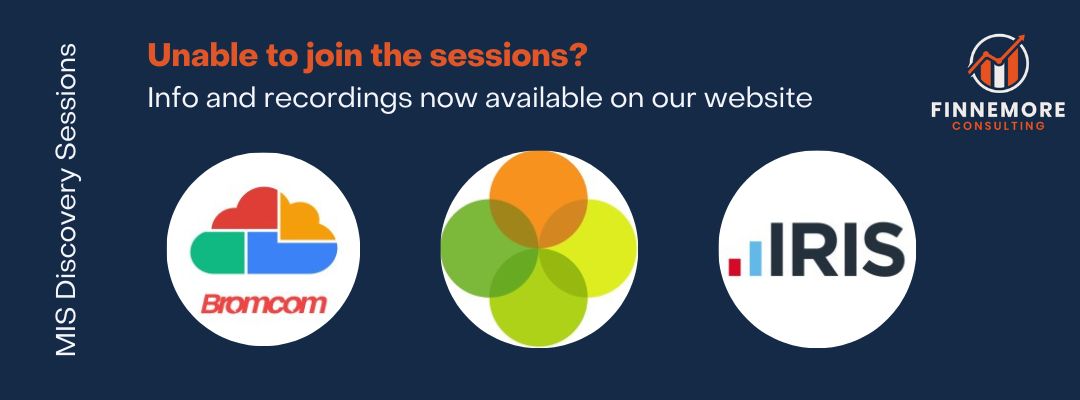“It saves you time.”
This is something that is often said about MIS, but what does it mean? More importantly, how effective do schools feel their MIS actually is at saving them time?
A recent survey1 of 2,146 schools asked, amongst other things, how effective they felt their MIS is at saving them time. The overall results are outlined in the pie chart below:

As you can see, the majority of respondents (just over a third at 38.85%) went for the middle ground and said it was ‘Somewhat effective’. That said, a combined total of 43% did say they felt it was either Very or Extremely effective which is good news for suppliers as it indicates users must be feeling some time-saving benefits from their solutions.
We can also break this down further by MIS; the chart below shows survey results for the ‘Big 5’ (who, between them, they make up 96% of school market share2):

But what does the idea of ‘saving time’ actually mean when it comes to systems and users? There are a number of ways of defining it, here are just a few:
- The MIS literally takes a basic, manual process and uses software to make it easier. A good example of this would be the school census; it has to be done in a certain timeframe, it’s very data-heavy, and the role of MIS in this is to make it as automated as possible, therefore saving time.
- The MIS brings an automated element to improve a process and create a more complete view. A good example of this is the ability to record and manage behaviour within MIS; it’s something that all schools have (and use things such as paper report cards in secondary) but, once they start to utilise their MIS for this, the increased shared knowledge means teachers have the info at their fingertips and don’t need to waste time searching for it.
- The MIS completely replaces the way something has always been done to make it easier and slicker. For example, communicating with parents used to be via letters and reports. MIS’ offer the ability to email, text and direct message via apps, plus parent portals. Another good example is the handling of money; everything from school dinner management to online trip payments can now be done online, completely replacing the original processes and saving time.
- The MIS provides insight that would otherwise have been time-consuming to find out. A good example of this is analytics and dashboards which draw on data from a number of sources to help leaders ask questions, and also provide answers.
- The MIS suggests courses of action based on data. This is something we have yet to see in use in a big way, but the idea is that your MIS can make some suggestions to you using machine learning based on a combination of what it has seen work in the past, plus your usual actions. Think about when you shop online at Amazon, the site makes suggestions for other products based on your purchases and what other customers go on to buy. A school-based example could be that various intervention suggestions are made when behaviour incidents are recorded, and these could be based on past actions combined with, say, the MATs own intervention policy. The time savings here could be enormous – as well as getting a strategy in place sooner to help the child.
So there are definitely ways MIS solutions can save time, it’s really a matter of understanding how.
As an MIS supplier, saying you “save schools time” isn’t a meaningful statement anymore that sets you apart from the competition. It’s a given that a solution will do that; your unique value proposition should focus on how it will do it, why it’s important, and what benefits the school will get as a result.
1The data was collected by The Key from a survey that went out to all primary, secondary, special schools and pupil referral units in England, by email. It was not sent to independent schools. The survey was completed by Headteachers, Deputy and Assistant Heads, and School Business Managers / Leaders between 29 March and 27 April 2021.
As part of the survey, respondents were asked which MIS they use. The results are outlined below:

2Market share statistics are sourced from two excellent, independent blogs: Graham Reed’s Omega Pegasus and Josh Perry’s Bring More Data





